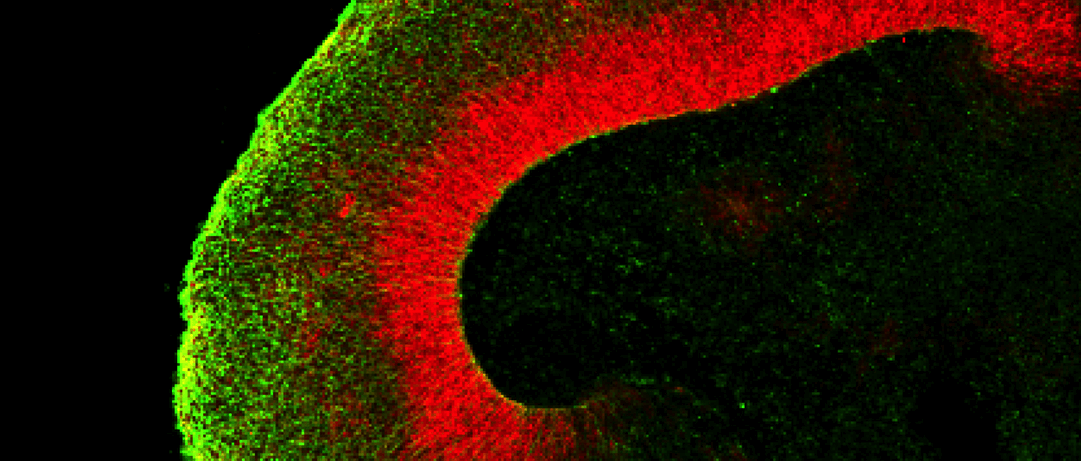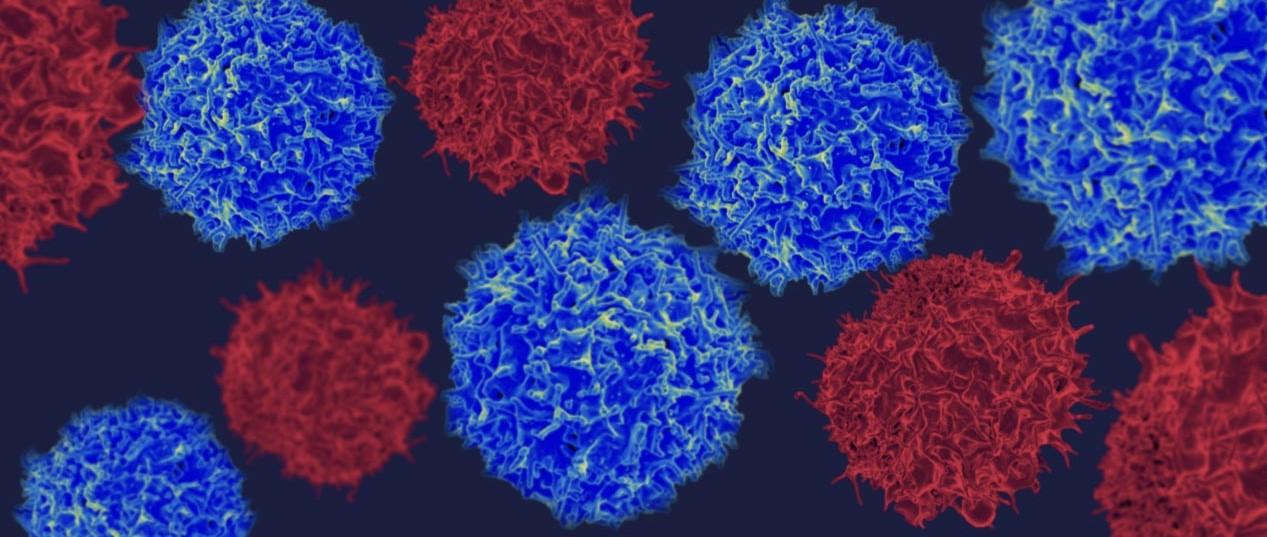‘Mini brains’ grown in a dish have spontaneously produced human-like brain waves for the first time — and the electrical patterns look similar to those seen in premature babies.
The advancement could help scientists to study early brain development. Research in this area has been slow, partly because it is difficult to obtain fetal-tissue samples for analysis and nearly impossible to examine a fetus in utero. Many researchers are excited about the promise of these ‘organoids’, which, when grown as 3D cultures, can develop some of the complex structures seen in brains. But the technology also raises questions about the ethics of creating miniature organs that could develop consciousness.
A team of researchers led by neuroscientist Alysson Muotri of the University of California, San Diego, coaxed human stem cells to form tissue from the cortex — a brain region that controls cognition and interprets sensory information. They grew hundreds of brain organoids in culture for 10 months, and tested individual cells to confirm that they expressed the same collection of genes seen in typical developing human brains1. The group presented the work at the Society for Neuroscience meeting in San Diego this month.
Surprising patterns
Muotri and his colleagues continuously recorded electrical patterns, or electroencephalogram (EEG) activity, across the surface of the mini brains. By six months, the organoids were firing at a higher rate than other brain organoids previously created, which surprised the team.
The EEG patterns were also unexpected. In mature brains, neurons form synchronized networks that fire with predictable rhythms. But the organoids displayed irregular EEG patterns that resembled the chaotic bursts of synchronized electrical activity seen in developing brains. When the researchers compared these rhythms to the EEGs of premature babies, they found that the organoids’ patterns mimicked those of infants born at 25–39 weeks post-conception.
The organoids aren’t close to being real human brains, Muotri says. They don’t contain all the cell types found in the cortex, and they don’t connect to other brain regions.
But his group is now working to grow the organoids for longer to see whether they will continue to mature. The researchers also plan to explore whether these structures function like a normal cortex by hooking them up to organoids that simulate other parts of the brain or body.
Brain-wave comparison
“This is very intriguing and very amazing,” says Hongjun Song, a developmental neuroscientist at the University of Pennsylvania in Philadelphia. Although the work is preliminary, he adds, the similarities to preterm infant EEG patterns suggest that the organoids could eventually be useful for studying brain-development disorders, such as epilepsy or autism.
Song also thinks that studying how EEG patterns originate in an organoid could ultimately help researchers to understand how EEG rhythms emerge in a developing human brain.
But not everyone agrees. Just because the organoids’ brain waves look like those in premature babies doesn’t mean they’re doing the same thing, says Sampsa Vanhatalo, a neurophysiologist at the University of Helsinki who developed the database of infant EEGs to which Muotri compared measurements from his organoids.
And proving that they’re the same will be difficult because researchers know so little about how babies’ brains are wired, says Arnold Kriegstein, a neurologist at the University of California, San Francisco. The organoids could be missing key components that drive EEG patterns in real brains, he adds.
Origins of consciousness
Nevertheless, the project raises ethical questions about whether organoids could develop consciousness, says neuroscientist Christof Koch, president and chief scientific officer of the Allen Institute for Brain Science in Seattle, Washington. “The closer they get to the preterm infant, the more they should worry.”
But he acknowledges that it could be difficult to know when an organoid is conscious, since researchers don’t even agree on how to measure consciousness in adults, or on when it appears in infants.
Muotri says that he would consider halting the project if there were evidence that the organoids had become self-aware, but right now they are very primitive. “It’s a very grey zone in this stage, and I don’t think anyone has a clear view of the potential of this.”




